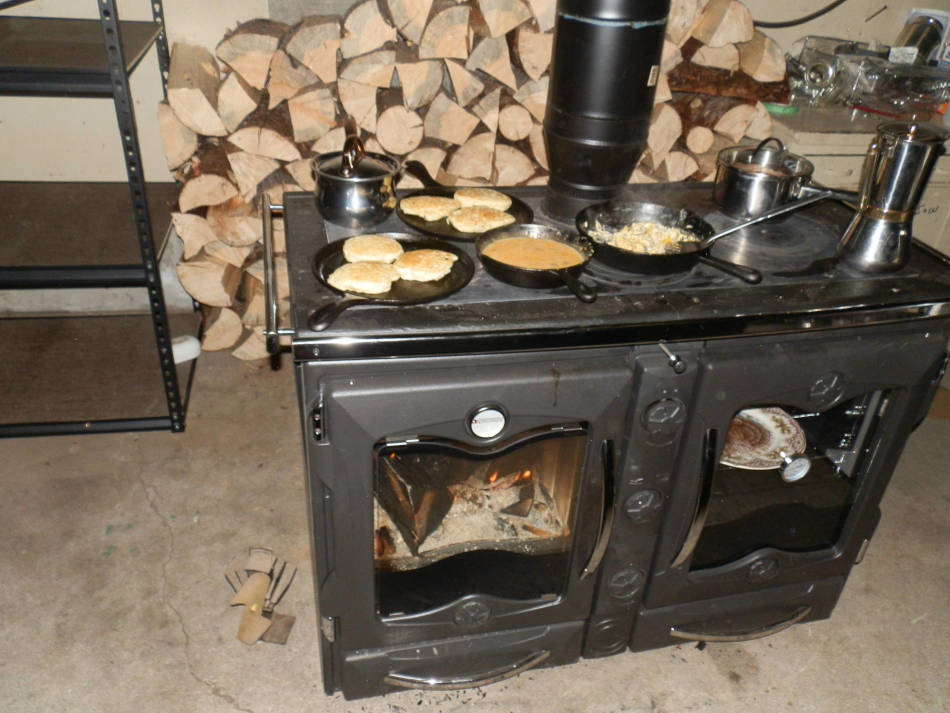It may be tempting to think that the act of splitting firewood is an art best left up to burly folks. Yet in reality, a skilled skinny person without much meat on their bones can chop circles around even the biggest, brawniest person around. The reason for this is because the real secret to cutting and splitting wood has little to do with how mighty your muscles are and everything to do with careful planning and proper technique. Without either component, you'll be setting yourself up for a day of frustration, not to mention possible injury.
In order to properly cut and split firewood, the first thing you need to make sure your properly dressed for the occasion. Your wood-cutting uniform should always consist of a work boots, safety goggles, work gloves, a long-sleeved shirt, and long pants. If you're using a chainsaw, you may want to add hearing protection and a face shield to your ensemble. These articles of clothing will not only protect you from the hunks of wood that may fly about during the cutting process, but they will also safeguard you from the wear and tear that may come from handling your cutting implement for an extended period of time.
Once you're properly suited up, you'll want to prepare the wood for cutting. The first step you'll want to take is to ensure the wood you're going to be splitting is free from branches and other protrusions. Next, make sure the logs you will be creating during the cutting process are consistent in length. You can do this by measuring the piece of wood, calculating how many logs you want to create from its length, and marking off these segments by notching a shallow groove into the log with a chainsaw.
From there, take your chainsaw to cut through the log at each groove. However, you should not slice the log all the way through. Rather, you will want to slice around three-quarters of the way through the wood, rotate the piece 180 degrees, and then finish the cut. Doing this will prevent your saw blade from accidentally slice into the surface below the wood, which could potentially damage your implement.
After you have created your logs and are ready to split them into firewood, you will need to set up a sturdy chopping block in a debris-free area that features solid footing. Ideally, your block will be a wooden surface that's about six inches off the ground. You are also going to want to reach for a splitting maul. This tool looks like an axe, but it's heavier and has a thicker, more wedge-shaped blade. These differences give the device an extra measure of power that your average axe won't give you. Once you have placed the log you want to chop securely near the center of the chopping block, examine the log for any hairline cracks on its surface. If you spot one, you will want to make sure the blade runs in the same direction of the crack. When you figured out where you want to strike the log, create a target for yourself by tapping a small indentation into the wood's surface.
When you get to this point, it's all about proper posture and technique. Stand with your feet shoulder-width apart. Grab the end of the splitting maul's handle with your less dominant hand by your hip and wrap your dominant hand around the top of the handle, just below the blade. Lift the maul over your head, and then slide your dominant hand toward your less-dominant hand as you bring the tool back down to the wood. This technique ensures that you'll bring the maul straight down through the center of the log. It will also allow your wrists and gravity to do most of the work for you.
While it seems like a lot of steps to take in order to create some wood for your fireplace, the amount of frustration that you end up saving yourself from by cutting wood in this manner is its own reward. Besides, it will give you the opportunity to show off to your friends that may not know the wood-cutting secrets that you possess.


